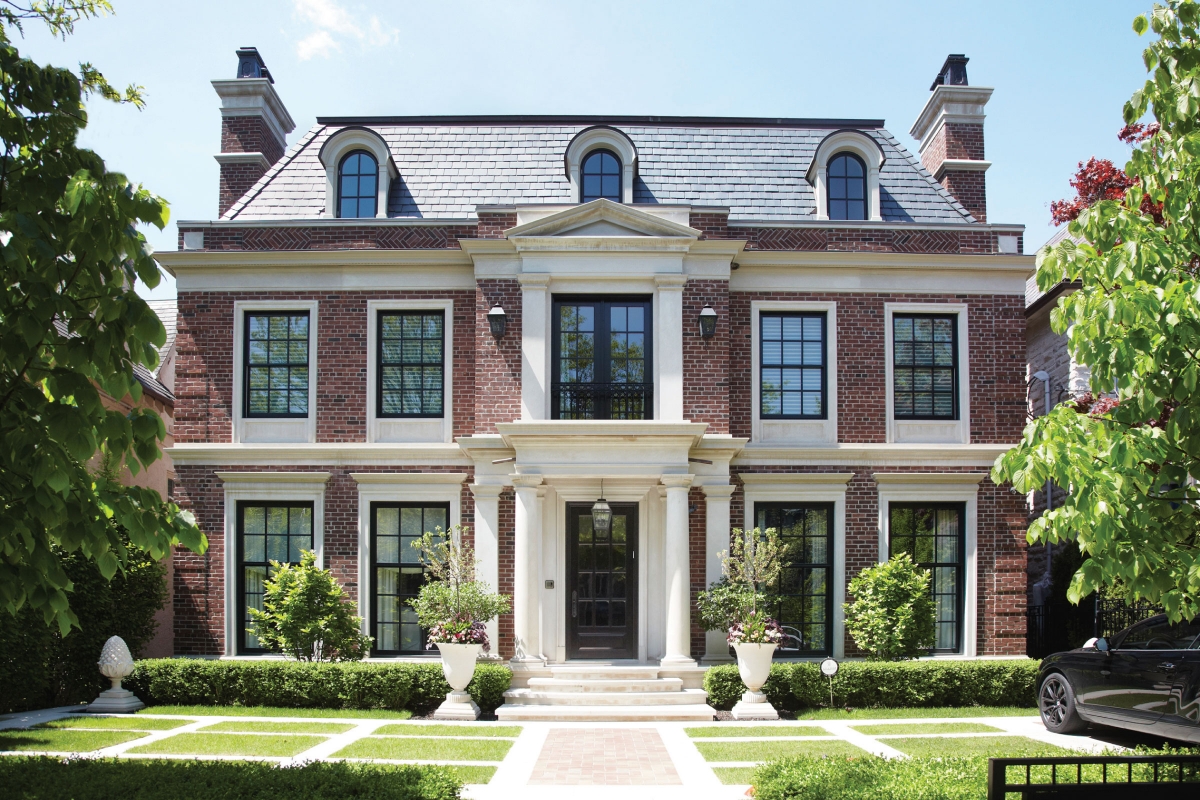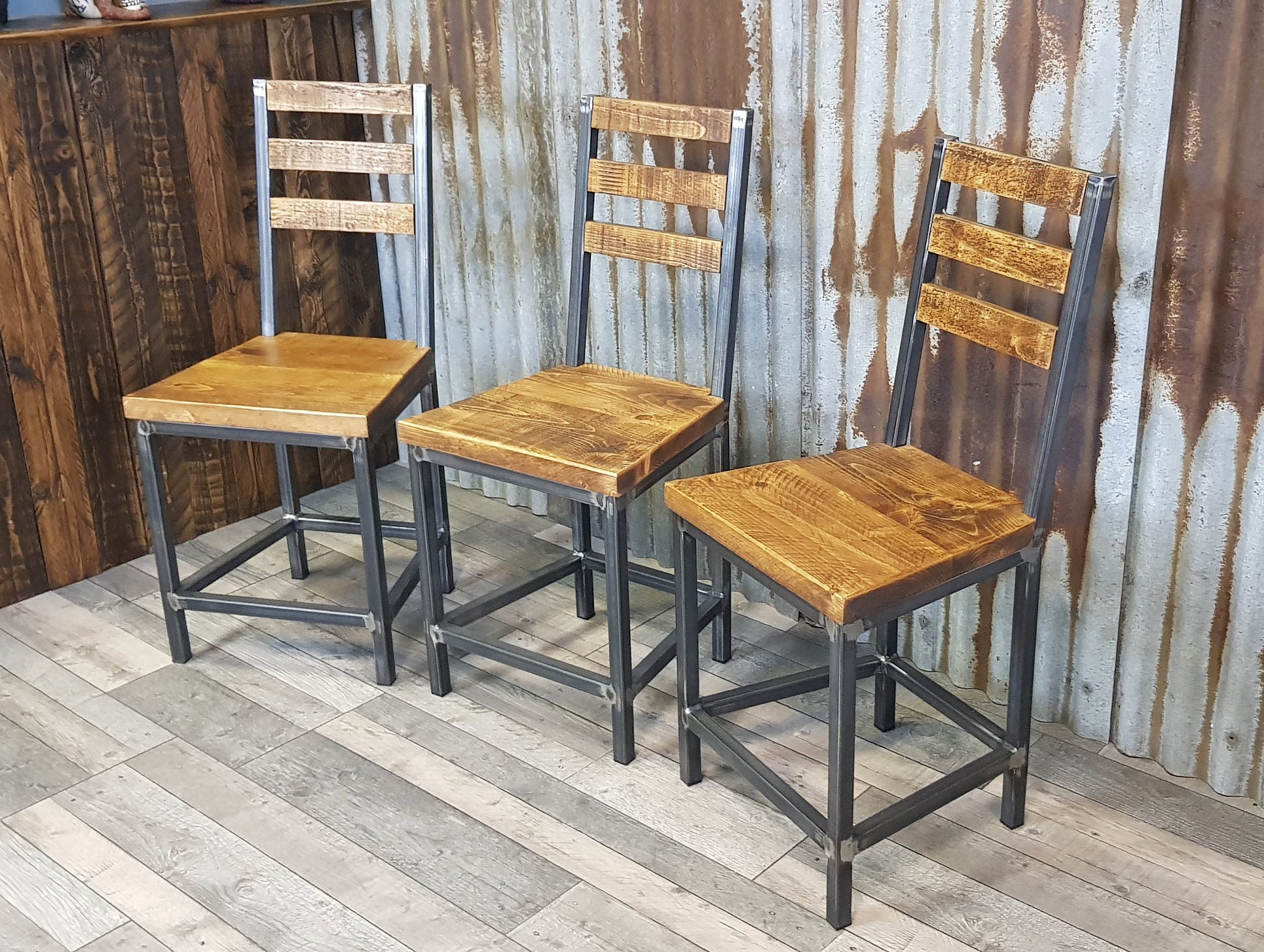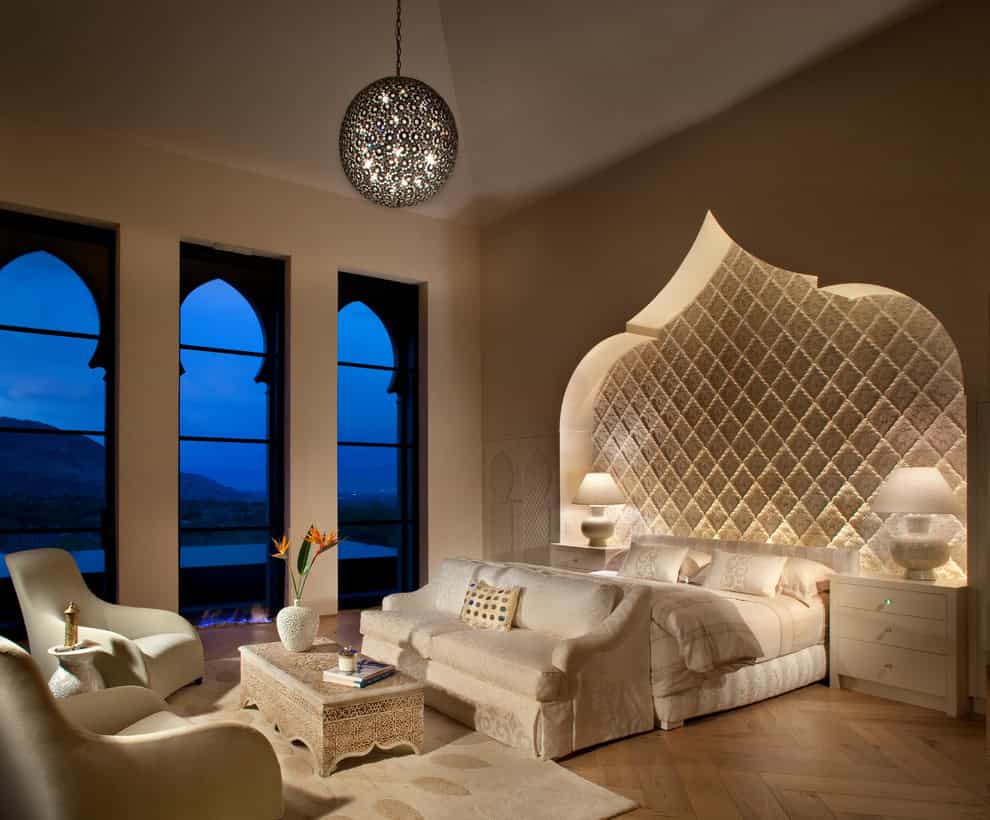A popular choice in the United Kingdom, Old English-style homes have a distinct appearance with steeply pitched roofs and half-timbered walls. Old English buildings often feature infilled masonry walls, wooden casement windows, deep-set stone-framed windows, and jettied wood-framed stories. Exteriors typically feature thatched or slate-tiled roofs, small multi-paned windows, and decorative stone trim. Inside, Old English homes have rooms decorated with stone fireplaces, flooring of wood, flagstone, or brick, and often stained glass windows. Old English house, thatched roof, wood-framed stories, stone fireplaces are prominent key features of this distinctive house designs.Old English House Designs
Half-timbered houses have a unique and interesting style that dates back to medieval Europe. This building style is distinctive for its painted and stained masonry walls with timber framing integrated within. With many designs and color combinations, half-timbered houses typically feature a steeply-pitched thatched or tiled roof. The exterior often boasts elaborately decorated bargeboard, while the interior features wooden floors, Tudor-style fireplaces, and intricate wood carvings. Half-timbered house, painted masonry walls, timber framing, thatched or tiled roof are prominent features of this distinctive house designs.Half-Timbered House Designs
The Tudor style began in England during the 15th and 16th centuries, but it was cultivated all over the world. Tudor-style homes have some of the most distinctive and recognizable house designs, such as steeply-pitched roofs with prominent cross gables, half-timbered walls and stone chimneys, large multi-paned casement windows, and diamond-paned leaded glass windows. Interiors are marked by the presence of large, open fireplaces, paneled walls, and elaborately detailed woodwork and carpentry. Tudor house, cross gables, half-timbered walls, multipane casement windows are prominent key features of this distinctive house designs.Tudor House Designs
Cottage-style houses have a charming and cozy appeal. With white-washed walls, a steeply-pitched thatched roof, and small casement windows, cottage homes have a distinct, quaint style. These houses also typically have slate or timber floors, wooden beams, exposed brickwork, and bright, airy interiors. Other popular features of cottages include large gardens, flower beds, and stone walls. Cottage house, thatched roof, casement windows, wooden beams, exposed brickwork are prominent key features of this distinctive house designs.Cottage House Designs
Characterized by orderly symmetry and simple-yet-elegant lines, Georgian-style houses were popular from the 1730s to the 1830s. Exteriors typically feature tympany walls, symmetric or �Adamesque� designs, and elegant windows. These houses also often come with crown moldings, egg-and-dart or dentil moldings, curved window and door architraves, and classical columns. Interiors typically feature paneled doors or fireplaces set in cavetto entablatures, diamond- or fan-paned glazing, and classic woodwork or marble mantelpieces. Georgian house, tympanum walls, symmetric designs, windows and crown moldings are prominent key features of this distinctive house designs.Georgian House Designs
Developed in the early 19th century, Regency-style homes are a combination of classical and neoclassical design elements. Exteriors typically feature columns, bay windows, and fine natural stone detailing. Interiors showcase artfully crafted doors, intricate plasterwork cornices, and marble mantels. Regency houses are also known for large rooms with elaborate high ceilings, massive windows, and sophisticated carpentry. Regency house, columns, bay windows, natural stone detailing, elaborate high ceilings are prominent key features of this distinctive house designs.Regency House Designs
Victorian homes are some of the most recognizable and distinctive house designs in the world. Developed during the latter part of the 19th century, these houses are popular for their ornate exteriors and interiors, elaborate rooflines, and intricate detailing. Popular features of Victorian-style houses include patterned brick or stone walls, tall towers and turrets, verandas, bay windows, stained glass panels, and wrap-around porches. Interiors often feature wood floors, grand staircases, richly-colored walls, fireplaces with decorative mantels, and sophisticated trim and moldings. Victorian house, ornate exteriors, elaborate rooflines, patterned brick or stone walls, turrets are prominent key features of this distinctive house designs.Victorian House Designs
The Edwardian style was prevalent from 1901 to 1910. These houses typically feature wide front verandas with ornate balustrades, bay windows, deep eaves, and brick or stone walls in a red, brown, or buff hue. Edwardian interiors often feature intricate wood paneling, marble fireplaces with detailed mantels, built-in wardrobes and cabinetry, and elegant light fixtures. These houses are also often decorated with classical plaster ceilings and cornices. Edwardian house, verandas, bay windows, deep eaves, intricate wood paneling are prominent key features of this distinctive house designs.Edwardian House Designs
An age-old building material, Adobe houses have been utilized for centuries and are still popular today. Utilizing mud bricks, these houses are typically dome or rectangular in shape and feature walls that are up to one foot thick. Typically, adobe houses are built on flat terrain and boast flat or gabled roofs of thatched or tiled material. These homes also often come with doors and terracotta floor tiles. Interior features include wood-beam ceilings and adobe brick fireplaces. Adobe house, mud bricks, thatched or tiled roofs, wood-beam ceilings, adobe brick fireplaces are prominent key features of this distinctive house designs.Adobe House Designs
A favorite in the mid-19th century, Gothic Revival houses have a distinct look and feel reminiscent of the Middle Ages. These houses tend to be tall and narrow with steeply-pitched roofs, creating a castle-like appearance. The exteriors often feature pointed Gothic windows, decorative stone tracery, elaborate bargeboards, and hanging finials. Interiors typically feature bright colors, intricate wood paneling, and open hallways. Gothic Revival house, steeply-pitched roofs, pointed Gothic windows, decorative stone tracery, elaborate bargeboards are prominent key features of this distinctive house designs.Gothic Revival House Designs
The Norman style was developed in England in the 11th and 12th centuries but is still quite popular today. Norman houses feature thick walls, circular or rectangular towers, and steeply-pitched roofs that often have stone tile or thatched coverings. These houses often come with ornate portals or entrances made of timber and also feature elaborate fa�ades with geometric windows and delicate detailing. On the interior, Norman houses typically feature timber floors, heavy beams, fireplaces with stone chimneys, large halls, and patterned stonework. Norman house, thick walls, circular or rectangular towers, ornate portals or entrances, timber floors are prominent key features of this distinctive house designs.Norman House Designs
Lessons From Our Fathers-- Old English House Design
 Since hundreds of years ago, house designs have been adapting to different climates and to accommodate new technologies. One of the most impressive examples of this is the traditional English house style, which borrows its aesthetics from the old world while adapting to the modern era. So, what are the main lessons from this beautiful style that can be applied to any home?
Since hundreds of years ago, house designs have been adapting to different climates and to accommodate new technologies. One of the most impressive examples of this is the traditional English house style, which borrows its aesthetics from the old world while adapting to the modern era. So, what are the main lessons from this beautiful style that can be applied to any home?
Be Truly Timeless
 Old English house designs are known for their timelessness, and one of the reasons is the careful combination of materials. Second to the wood-frame skeleton, the natural stone or brick walls and the half-timber beams restructuring the facade create a look that is pleasing to the eye and stands the test of time.
Old English house designs are known for their timelessness, and one of the reasons is the careful combination of materials. Second to the wood-frame skeleton, the natural stone or brick walls and the half-timber beams restructuring the facade create a look that is pleasing to the eye and stands the test of time.
Details Matter
 Another characteristic of the old-world house designs is the attention to details. From the subtle rooflines to the vivid stained-glass windows, details such as adding a curved porte-cochere or a steeply pitched roof help the house transition from an old style to a modern one.
Another characteristic of the old-world house designs is the attention to details. From the subtle rooflines to the vivid stained-glass windows, details such as adding a curved porte-cochere or a steeply pitched roof help the house transition from an old style to a modern one.
Embrace Nature and Let Light In
 The clearest examples of English house design embracing nature are the
open courtyards
and the surrounding gardens. These gardens also serve the purpose of blocking the road noise and providing some privacy for the family. Moreover, most of these homes feature windows and other openings in multiple directions to
maximise natural lighting and increase ventilation.
The clearest examples of English house design embracing nature are the
open courtyards
and the surrounding gardens. These gardens also serve the purpose of blocking the road noise and providing some privacy for the family. Moreover, most of these homes feature windows and other openings in multiple directions to
maximise natural lighting and increase ventilation.
Invest in Quality
 The overall look of the old English house designs is its traditional four-sided roof and symmetrical windows, inspired by its country life roots. The doors and windows are made of solid wood, usually large in order to give the impression of more space. Similarly, the frames are decorated with decorative moldings, which adds a character the house wouldn't otherwise have. Investing in quality is paramount to traditional designs like these, as they will stand the test of time in a much better way.
The overall look of the old English house designs is its traditional four-sided roof and symmetrical windows, inspired by its country life roots. The doors and windows are made of solid wood, usually large in order to give the impression of more space. Similarly, the frames are decorated with decorative moldings, which adds a character the house wouldn't otherwise have. Investing in quality is paramount to traditional designs like these, as they will stand the test of time in a much better way.
HTML Code:

Lessons From Our Fathers-- Old English House Design
 Since hundreds of years ago, house designs have been adapting to different climates and to accommodate new technologies. One of the most impressive examples of this is the traditional English house style, which borrows its aesthetics from the old world while adapting to the modern era. So, what are the main lessons from this beautiful style that can be applied to any home?
Since hundreds of years ago, house designs have been adapting to different climates and to accommodate new technologies. One of the most impressive examples of this is the traditional English house style, which borrows its aesthetics from the old world while adapting to the modern era. So, what are the main lessons from this beautiful style that can be applied to any home?
Be Truly Timeless
 Old English house designs are known for their timelessness, and one of the reasons is the careful combination of materials. Second to the wood-frame skeleton, the natural stone or brick walls and the half-timber beams restructuring the facade create a look that is pleasing to the eye and stands the test of time.
Old English house designs are known for their timelessness, and one of the reasons is the careful combination of materials. Second to the wood-frame skeleton, the natural stone or brick walls and the half-timber beams restructuring the facade create a look that is pleasing to the eye and stands the test of time.
Details Matter
 Another characteristic of the old-world house designs is the attention to details. From the subtle rooflines to the vivid stained-glass windows, details such as adding a curved porte-cochere or a steeply pitched roof help the house transition from an old style to a modern one.
Another characteristic of the old-world house designs is the attention to details. From the subtle rooflines to the vivid stained-glass windows, details such as adding a curved porte-cochere or a steeply pitched roof help the house transition from an old style to a modern one.
Embrace Nature and Let Light In
 The clearest examples of English house design embracing nature are the
open courtyards
and the surrounding gardens. These gardens also serve the purpose of blocking the road noise and providing some privacy for the family. Moreover, most of these homes feature windows and other openings in multiple directions to
maximise natural lighting and increase ventilation.
The clearest examples of English house design embracing nature are the
open courtyards
and the surrounding gardens. These gardens also serve the purpose of blocking the road noise and providing some privacy for the family. Moreover, most of these homes feature windows and other openings in multiple directions to
maximise natural lighting and increase ventilation.
Invest in Quality
 The overall look of the old English house designs is its traditional four-sided roof and symmetrical windows, inspired by its country life roots. The doors and windows are made of solid wood, usually large in order to give the impression of more space. Similarly, the frames are decorated with decorative moldings, which adds a character the house wouldn't otherwise have. Investing in quality is paramount to traditional designs like these, as they will stand the test of time in a much better way.
The overall look of the old English house designs is its traditional four-sided roof and symmetrical windows, inspired by its country life roots. The doors and windows are made of solid wood, usually large in order to give the impression of more space. Similarly, the frames are decorated with decorative moldings, which adds a character the house wouldn't otherwise have. Investing in quality is paramount to traditional designs like these, as they will stand the test of time in a much better way.































































































